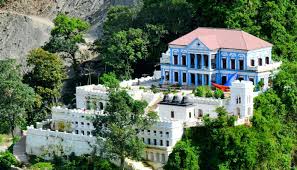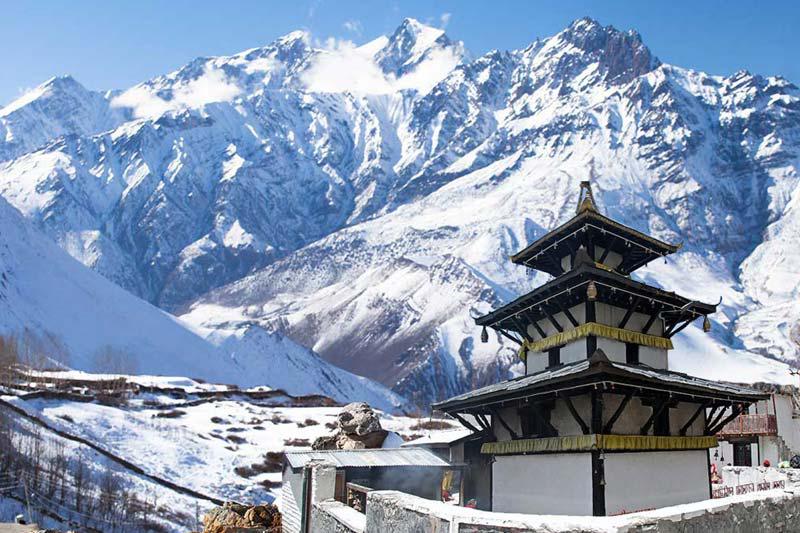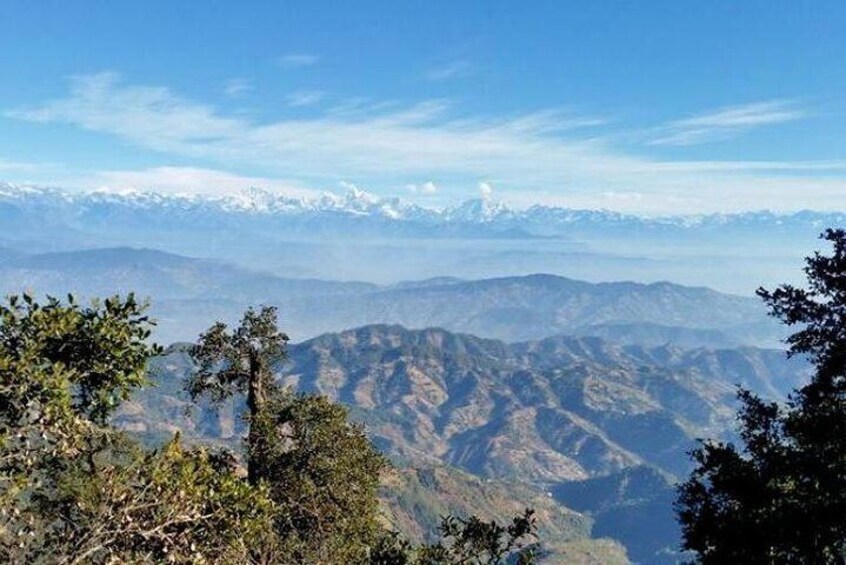The Janaki Temple, also known as the Naulakha Mandir, is one of the most significant religious landmarks in Nepal. Situated in the historic city of Janakpur in the Dhanusha district, this grand temple is dedicated to Goddess Sita, also known as Janaki, the revered consort of Lord Rama in the Hindu epic Ramayana. The temple holds immense cultural, historical, and spiritual importance, drawing devotees and tourists alike.
Historical Background
The Janaki Temple is deeply rooted in the legendary history of the Ramayana. According to the epic, Janakpur was the capital of the ancient Mithila Kingdom, ruled by King Janaka. It is believed to be the birthplace of Goddess Sita and the site where she was united with Lord Rama after the famous swayamvar, a competition where Lord Rama broke the divine bow of Shiva to win her hand in marriage. These associations make Janakpur a sacred pilgrimage site for Hindus, especially devotees of Lord Rama and Goddess Sita.
The present-day temple was constructed in 1910 by Queen Vrisha Bhanu of Tikamgarh, Madhya Pradesh, India. Its construction cost nine lakh rupees at the time, leading to its popular nickname, the “Naulakha Mandir” (Temple of Nine Lakhs). The temple was built on the site believed to be the exact place where Goddess Sita was born, adding to its spiritual significance.
Architectural Grandeur
The Janaki Temple is a stunning example of a blend of Mughal and Koiri architecture. Spread across 4,860 square feet, the temple is a three-storied structure made primarily of stone and marble. Its white façade is adorned with intricate carvings, arches, domes, and turrets, showcasing exquisite craftsmanship. The central shrine houses the idol of Goddess Sita, flanked by images of Lord Rama and his brothers, Lakshmana, Bharata, and Shatrughna.
The temple features 60 rooms, each adorned with ornate lattice windows, colorful murals, and beautifully painted ceilings. The grandeur of the temple is further enhanced by its majestic domes and minarets, which rise gracefully above the skyline of Janakpur. The central dome, in particular, is a striking feature, symbolizing the sacred nature of the temple.
Spiritual and Cultural Significance
The Janaki Temple is not only an architectural marvel but also a vibrant spiritual center. It attracts thousands of pilgrims annually, especially during festivals such as Vivah Panchami, Ram Navami, and Dussehra.
Vivah Panchami, celebrated in November or December, marks the divine marriage of Lord Rama and Goddess Sita. During this time, the temple becomes a hub of festivities, with grand processions, recitals of the Ramayana, and reenactments of the wedding ceremony.
Ram Navami, the birthday of Lord Rama, and Sita Navami, commemorating Sita’s birth, are other key events that draw devotees to the temple.
The temple also serves as a center for cultural activities, preserving the heritage of the Mithila region. Traditional art forms like Mithila paintings, folk dances, and songs are often showcased during festivals, making it a cultural as well as spiritual hub.
Nearby Attractions
Janakpur and its surroundings are rich in heritage sites associated with the Ramayana. Some of the notable sites include:
- Dhanush Sagar and Ganga Sagar: Sacred ponds near the temple believed to be connected to the divine bow of Shiva.
- Ram Mandir: A smaller temple dedicated to Lord Rama, located nearby.
- Vivah Mandap: A symbolic structure representing the marriage venue of Rama and Sita.
- Dhanushadham: Located about 15 km from Janakpur, this site is believed to contain remnants of the bow that Lord Rama broke during the swayamvar.
Pilgrimage and Tourism
The Janaki Temple plays a pivotal role in promoting religious tourism in Nepal. It is part of the Ramayana Circuit, an initiative by India and Nepal to link sites associated with the epic. The circuit attracts Hindu pilgrims from India, Nepal, and beyond, fostering cross-border cultural and spiritual ties. The temple also serves as a popular destination for tourists interested in exploring Nepal’s architectural and cultural heritage.
Visitors are advised to visit during the winter months (October to February), as the weather is pleasant and conducive for exploring the temple and its surroundings. The temple is open to people of all faiths, reflecting its universal appeal.
Preservation and Challenges
Despite its magnificence, the Janaki Temple faces challenges in preservation. The increasing number of visitors, urbanization, and natural wear and tear have raised concerns about the temple’s maintenance. Efforts are being made by the government, local authorities, and religious organizations to preserve this historic monument. Initiatives such as the restoration of murals and improved infrastructure for pilgrims aim to ensure the temple’s legacy for future generations.
Conclusion
The Janaki Temple is not just a monument; it is a living testament to the rich spiritual and cultural heritage of Nepal and the Mithila region. Its association with the divine love story of Lord Rama and Goddess Sita, combined with its architectural splendor, makes it a revered site for Hindus worldwide. For pilgrims and tourists alike, a visit to the Janaki Temple is an opportunity to immerse in devotion, history, and the timeless charm of Mithila’s traditions.




